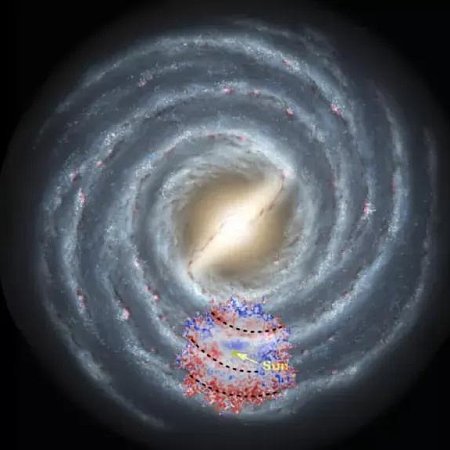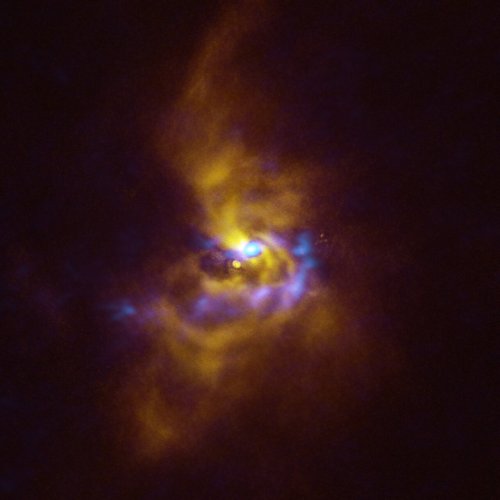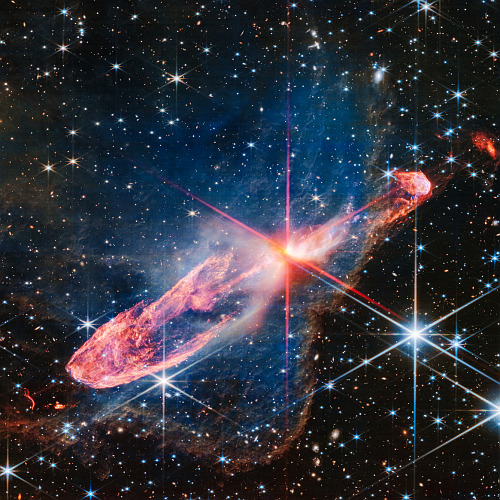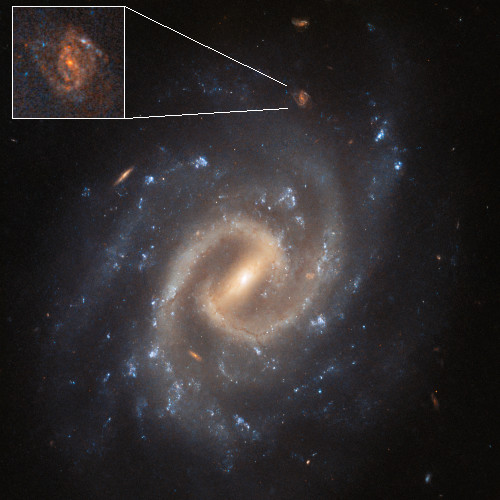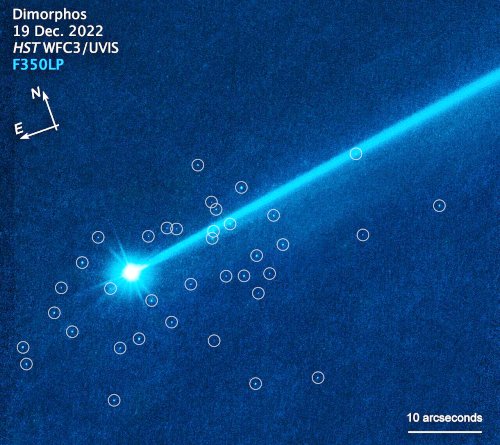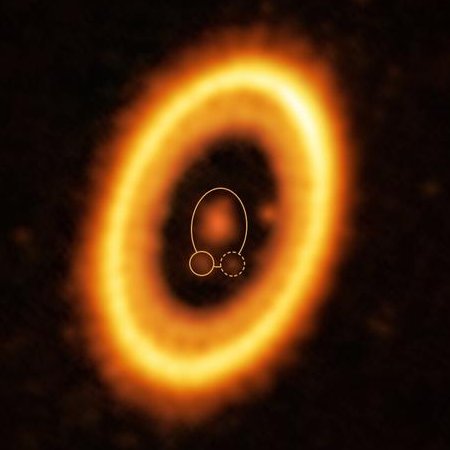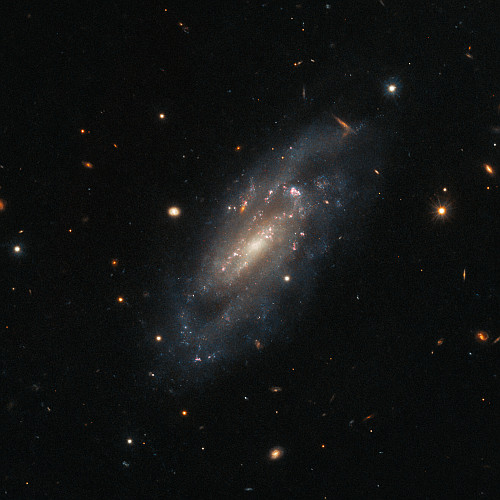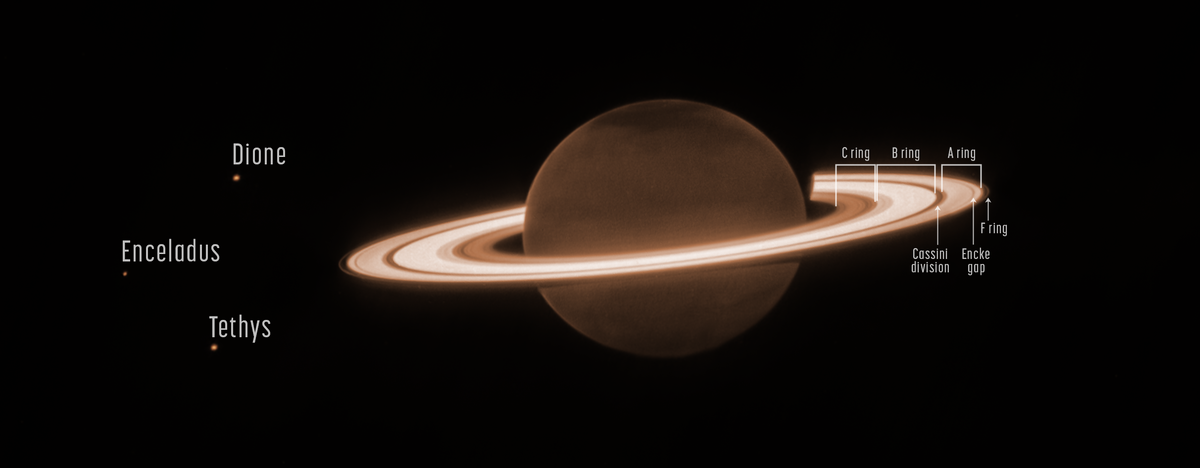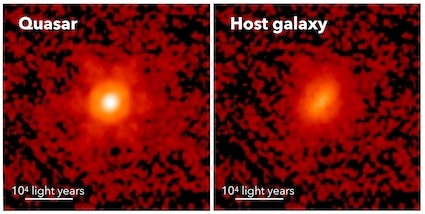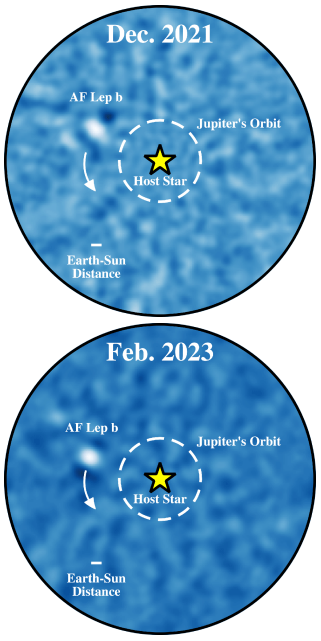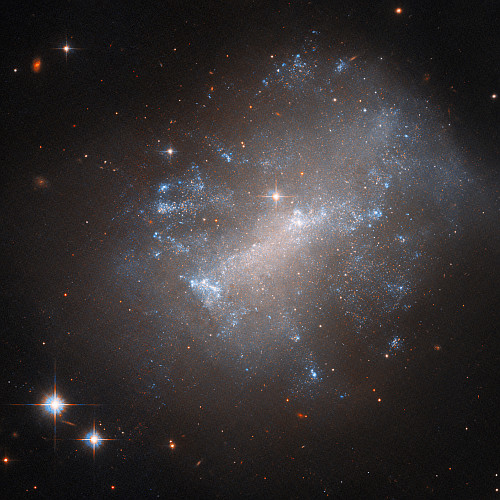Despite good first images from Euclid, the orbiting telescope has a problem
Even though the first light images from Euclid have been sharp and exactly what astronomers want, the orbiting telescope designed to make a 3D map of billions of galaxies has an issue that will likely put some limits to that map.
When the telescope started booting up, ESA observers were concerned by the appearance of light markings on the first images relayed to Earth. This, it confirmed, was due to sunlight filtering into the telescope, “probably through a tiny gap”.
A correction to Euclid’s position was able to offset this issue. It means that while the ESA is confident Euclid will be fine to proceed with its mapping mission, particular orientations for the telescope may not be possible.
A limitation like this means that the telescope will not being able to look in some directions and get mapping images. Thus, the overall map will have gaps, though it appears at this moment that the scientists think those gaps will not seriously impact the telescope’s overall work. We shall see.
Even though the first light images from Euclid have been sharp and exactly what astronomers want, the orbiting telescope designed to make a 3D map of billions of galaxies has an issue that will likely put some limits to that map.
When the telescope started booting up, ESA observers were concerned by the appearance of light markings on the first images relayed to Earth. This, it confirmed, was due to sunlight filtering into the telescope, “probably through a tiny gap”.
A correction to Euclid’s position was able to offset this issue. It means that while the ESA is confident Euclid will be fine to proceed with its mapping mission, particular orientations for the telescope may not be possible.
A limitation like this means that the telescope will not being able to look in some directions and get mapping images. Thus, the overall map will have gaps, though it appears at this moment that the scientists think those gaps will not seriously impact the telescope’s overall work. We shall see.

